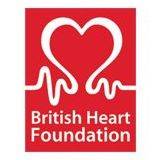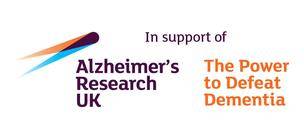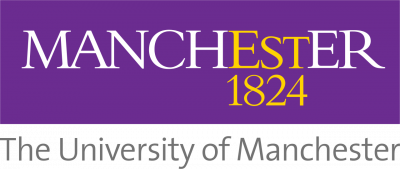Editor - Barbara Kramarz
Gene Ontology annotation of tau-interacting proteins and associated processes
The first objective of this project was to identify gene products interacting with tau and affecting its activity and the associated cellular processes. A recent review by Guo, Noble and Hanger (2017) (PMID:28386764: 'Roles of tau protein in health and disease') was used as a starting point in identification of candidates for Gene Ontology (GO) annotation; we additionally relied on tau-related news published by the Alzforum. Based on these sources Barbara generated a list of over eighty human protein candidates, and Drs Rina Bandopadhyay and Selina Wray from the UCL Institute of Neurology selected forty of these candidates for Gene Ontology (GO) annotation. Professor Nigel Hooper from the University of Manchester offered his expert advice on which of these proteins should be prioritised for annotation. The list of selected proteins, which may be modified, as the project progresses, can be viewed on our website. We aim to annotate a minimum of thirty tau-interacting proteins using GO.
Gene Ontology editing training
Barbara is now starting her GO editor training to able to contribute to ontology development. Neuroinflammatory, or, more generally, inflammatory processes have not yet been systematically curated; therefore, we anticipate numerous new GO terms will be required to fill this gap. Routinely, a biocurator would send new GO term requests to GO editors, and wait for the new terms to be generated before using them for GO annotation. This process works well with sporadic new term requests, but when annotating an area of biology not previously curated, it is more efficient to generate new terms in-house, as needed; these terms are later reviewed and approved, or corrected, by experienced GO editors. Thus, throughout the summer Barbara has been familiarising herself with new responsibilities by participating in weekly Ontology Developers' Calls, and 'collecting' ontology-related issues and questions to be used during her formal editing training at the upcoming GO Consortium (GOC) meeting in Cambridge, UK.
SynGO annotation: a collaborative project to annotate synaptic proteins
Ruth and Barbara have been involved in the Synapse Annotation (SynGO) project, a collaboration between the GOC and neuroscientists who are experts in the field of synapse biology. Ruth and Barbara have been working to ensure the annotations created by the team in Vrije Universiteit Amsterdam meet the GOC standards. Barbara has also been working on GO-CAM models, using the Noctua annotation tool, aiming to capture the roles of gene products involved in synaptic transmission.
Publications - Parkinson's UK
Rebecca Foulger, Paul Denny, and Ruth Lovering, members of the International Parkinson's Disease Genomics Consortium (IPDGC), contributed to recent publication on identification of Parkinson's Disease Risk loci. PMID:28892059: Chang D, Nalls MA, Hallgrímsdóttir IB, Hunkapiller J, van der Brug M, Cai F, International Parkinson's Disease Genomics Consortium, 23andMe Research Team, Kerchner GA, Ayalon G, Bingol B, Sheng M, Hinds D, Behrens TW, Singleton AB, Bhangale TR, Graham RR. (2017) A meta-analysis of genome-wide association studies identifies 17 new Parkinson's disease risk loci. Nat Genet. Sep 11. [Epub ahead of print].
Meetings attended
Ruth travelled to Switzerland, where she taught about GO annotation extensions on 12th September 2017 during Workshop 1, entitled: 'Gene Ontology: where are we now and what's next?' at the 13th (BC)2 Basel Computational Biology Conference.
In September Ruth and Barbara also attended the Synapse Annotation (SynGO) meeting, hosted by the Stanley Center for Psychiatric Research, at the McGovern Institute for Brain Research at MIT in Cambridge, MA, USA. In addition, Ruth attended the associated Stanley Center biennial Symposium on Severe Mental Illness, where she presented a poster on GO annotation of amyloid-beta interacting proteins, based on the six-month ARUK project.
Please contact us to receive this quarterly Newsletter by email or to ask any questions about our project.
 Close
Close








